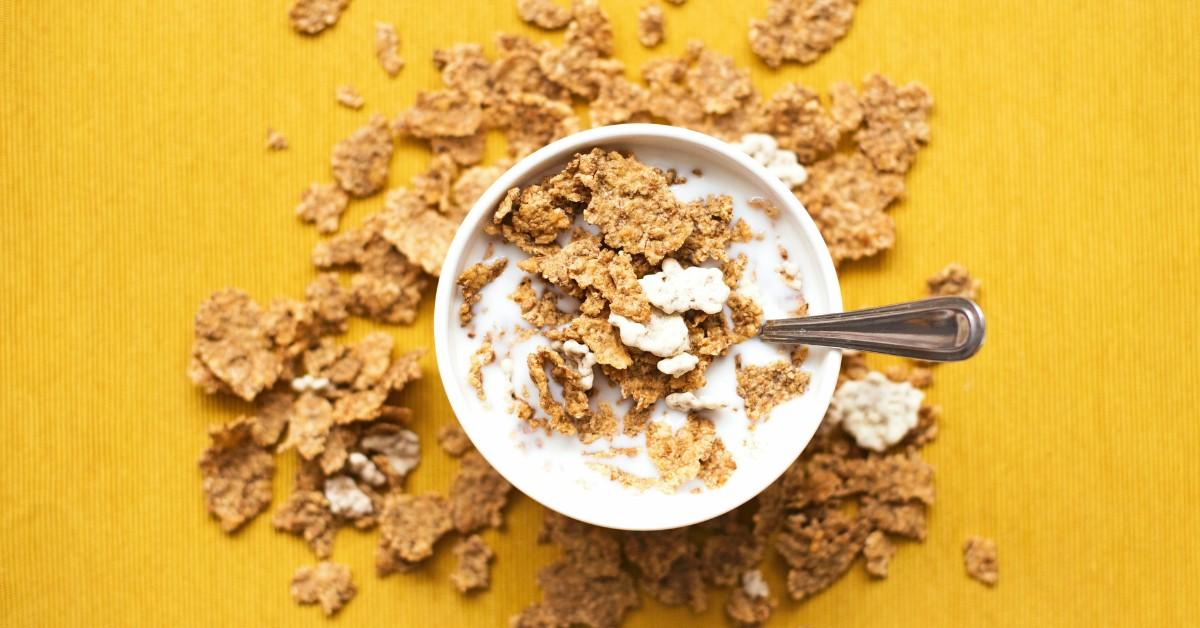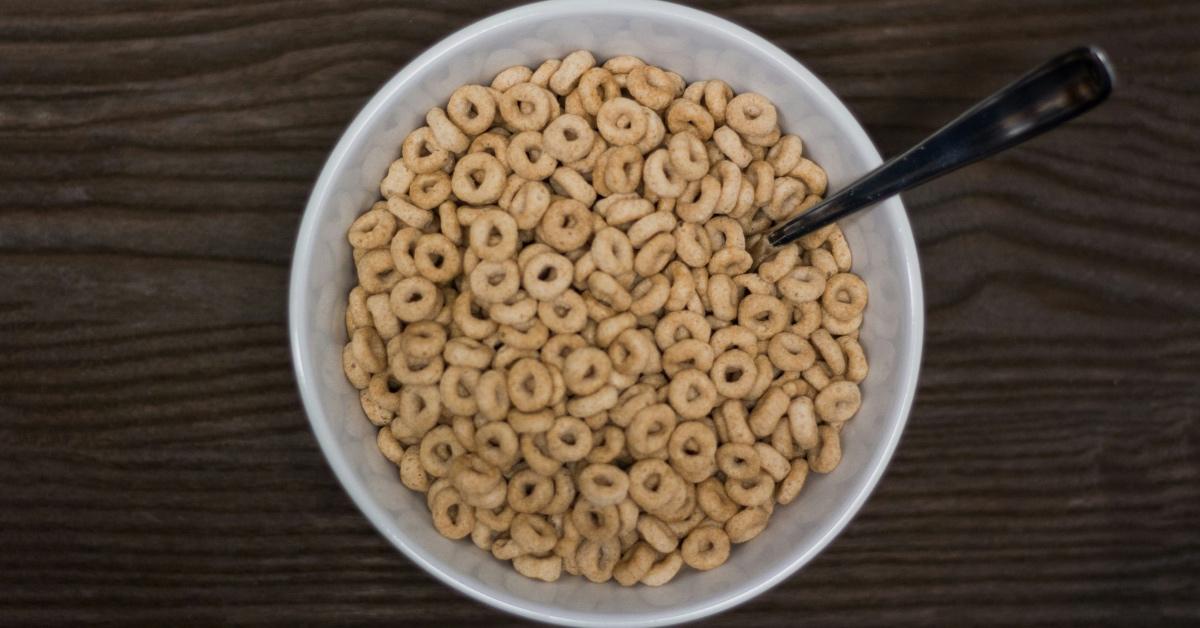Iron-Fortified Cereals Have Been the Norm for Decades — Here’s Why
There's a good reason why cereal manufacturers are putting "metal" in your breakfast.
Published Dec. 12 2024, 4:41 p.m. ET

Breakfast has long been considered the most important meal of the day. If you take that idea to heart and read the nutrition labels on your cereal as you shop the breakfast aisle, you may have noticed there's a surprising ingredient in your morning bowl: iron.
But why do almost all cereals made in the U.S. contain iron in their ingredients? The reason may surprise you, considering it was put in place decades ago to help solve a health crisis many citizens still struggle with more than 70 years later.
You can learn more about why your cereal contains "metal" below.

Why do cereals have iron?
The decision for cereal manufacturers to add iron and other ingredients into grain products stems back to 1941, according to an article published in the National Library of Medicine (NLM). The idea was that breakfast companies could help fight some of the nation's nutritional deficiencies by adding vitamins and minerals like iron and folate to everyone's morning meal.
The goal, according to the NLM article, was to help reach people of childbearing age who needed these minerals to help reduce the potential for birth defects, like neural tube issues.
Pregnant people weren't the only ones who could benefit from a little added nutritional boost to their morning meal, according to Healthline, since children and vegetarians are also more at risk of missing out on these key ingredients.
Since iron deficiencies can lead to anemia, a condition with a range of side effects, many health professionals support the addition of these minerals to the nation's food supply.
Why are cereals adding so much iron?
How much iron and other vitamins are added to your cereal depends on what type of products you're eating.
For example, Healthline notes that fortified cereals and breakfast items typically include read-to-eat varieties and may vary by region, thanks to local laws. That means you're more likely to find iron in cereals when you're shopping in places like Costa Rica, Canada, the U.S., and Africa, to name a few places.
In addition to iron, you can expect to find added nutrients in these cereals, which Healthline says may include (but is not limited to):
- Vitamin A
- Vitamins B1-B3, B6, and B12
- Zinc
- Calcium
You can tell what has been added to your fortified cereal by checking the nutritional label on the box, which will break down all these ingredients and more.
A note of caution: while these cereals sound like healthier options because they contain so many more nutrients, Healthline warns shoppers to be critical of the ingredient list on these processed foods when shopping since some of them can also contain higher amounts of sugars or preservatives.
There's a fun science experiment that involves iron in cereal.
If you want to see just how much "metal" is in your cereal you may want to consider performing a fun experiment from Scientific American. All you'll need is an iron fortified cereal, a strong magnet, and a bowl and spoon.
First, you'll want to pour the cereal into the bowl, using the magnet to see if you can pick up any cereal pieces. Once you discover that you cannot, you can crush the food into a fine powder using the spoon, turning the entire bowl into a layer of cereal dust.
Another pass of the magnet should yield some results in the way of tiny black particles. Those particles are some of the bits of iron that have been added to the cereal, which better represents how much of the metal is included in your first meal of the day.
You can find more ways to perform this experiment by visiting Scientific American, including tips on how to make the most out of this science project.
